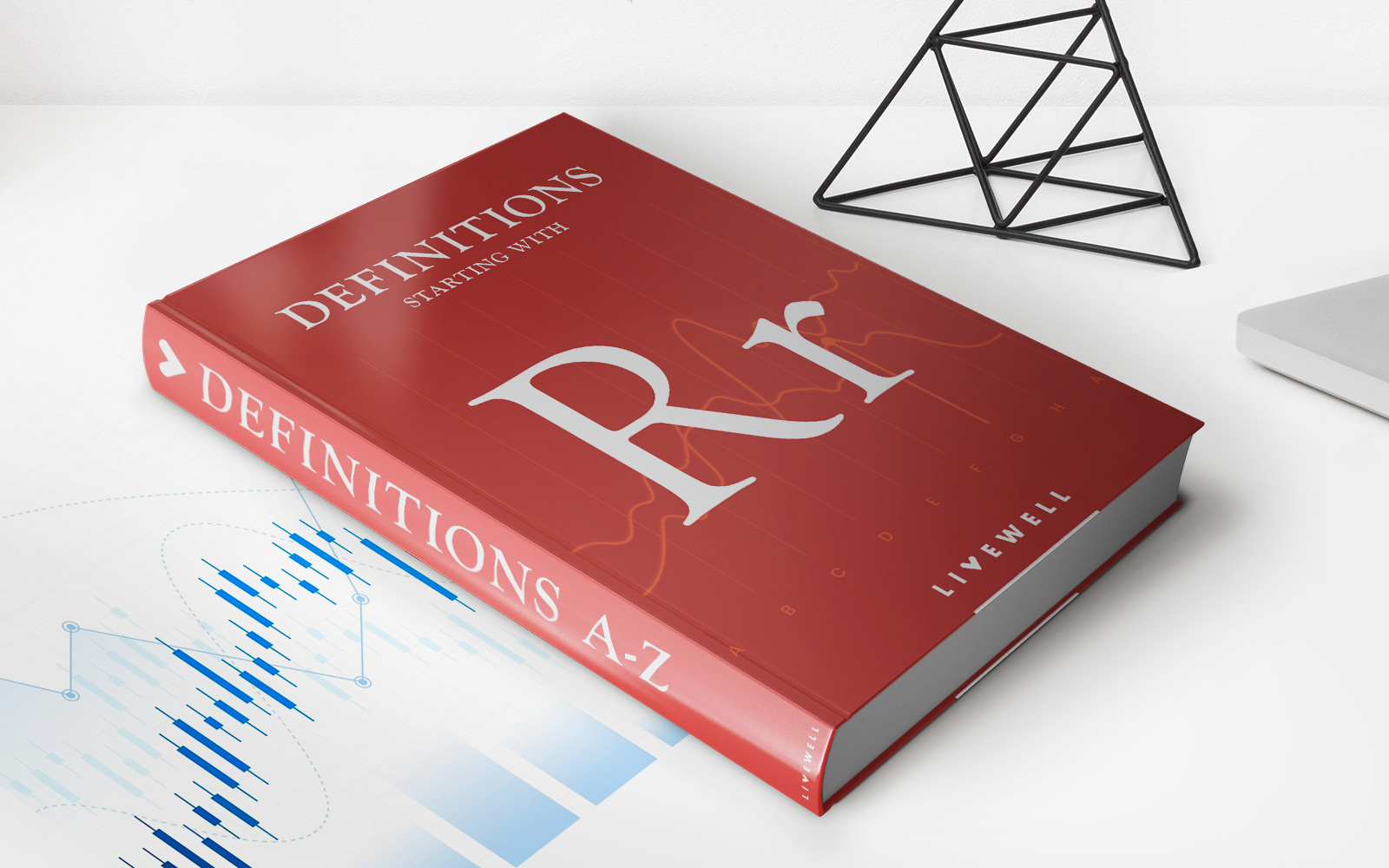Home>Finance>What Is Capital Maintenance? Definition, Importance, And Types


Finance
What Is Capital Maintenance? Definition, Importance, And Types
Published: October 23, 2023
Learn the definition, importance, and types of capital maintenance in finance. Understand how it helps businesses preserve the value of their assets and investment.
(Many of the links in this article redirect to a specific reviewed product. Your purchase of these products through affiliate links helps to generate commission for LiveWell, at no extra cost. Learn more)
Understanding Capital Maintenance in Finance
When it comes to managing your finances, there are various concepts that play a crucial role. One such concept is capital maintenance. But what exactly is capital maintenance? Why is it important? And what are the different types of capital maintenance? In this article, we will delve into these questions and provide you with a comprehensive understanding of capital maintenance in finance.
Key Takeaways:
- Capital maintenance refers to the preservation of the financial value of a company’s capital or assets.
- It is essential for businesses to properly maintain their capital in order to ensure long-term sustainability and growth.
Defining Capital Maintenance
In simple terms, capital maintenance is the process of preserving the financial value of a company’s capital or assets over time. It involves managing and protecting the resources that contribute to the value of an organization, such as funds, property, equipment, and investments. Capital maintenance ensures that the resources are maintained at their original value or increased to account for inflation and other factors.
To better understand capital maintenance, let’s break it down into two main types:
1. Physical Capital Maintenance
Physical capital maintenance focuses on the preservation of the physical assets owned by a company. This includes maintaining the condition of buildings, machinery, equipment, and other tangible resources. Proper regular maintenance and repairs are essential to ensure that these assets remain functional and productive.
Physical capital maintenance aims to prevent the deterioration of assets, extend their lifespan, and maximize their value. By investing in upkeep and improvements, businesses can minimize the need for costly replacements and ensure the efficient utilization of resources.
2. Financial Capital Maintenance
Financial capital maintenance, on the other hand, is centered around maintaining the monetary value of a company’s capital or assets. It involves adjusting the value of assets to reflect changes in purchasing power due to inflation or deflation.
This type of capital maintenance ensures that the financial resources of a business are preserved in real terms. It focuses on maintaining the ability to generate future revenues and profits by protecting against the erosion of capital value caused by inflation.
The Importance of Capital Maintenance
Now that we have a clear understanding of capital maintenance, let’s explore its importance in the world of finance:
- Long-term Sustainability: Proper capital maintenance ensures that a business remains sustainable over the long term. By preserving the value of capital assets, companies can continue to operate effectively and generate profits.
- Asset Protection: Capital maintenance helps protect valuable assets from decay, wear and tear, and obsolescence. Regular maintenance and upgrades can extend the lifespan of assets, reducing the need for costly replacements.
- Purchasing Power Preservation: Financial capital maintenance safeguards the purchasing power of a company’s resources by accounting for inflation. This ensures that the business can maintain its competitiveness and stay ahead of rising costs.
- Financial Reporting Accuracy: Capital maintenance is crucial for accurate financial reporting. By correctly valuing and maintaining assets, businesses can present a true and fair view of their financial position to stakeholders, investors, and regulatory authorities.
As you can see, capital maintenance is a critical aspect of financial management. It helps businesses protect their valuable assets, secure their financial positions, and ensure long-term sustainability.
In Conclusion
Capital maintenance is the process of preserving the financial value of a company’s assets. It encompasses both physical and financial aspects, ensuring that resources are kept in optimal condition and that the value of capital is protected against inflation. Proper capital maintenance is vital for the long-term success and sustainability of a business, as it safeguards assets, preserves purchasing power, and enables accurate financial reporting.
So, whether you’re a business owner or a finance enthusiast, understanding the significance of capital maintenance can help you make informed decisions and ensure the growth and stability of your financial endeavors.














